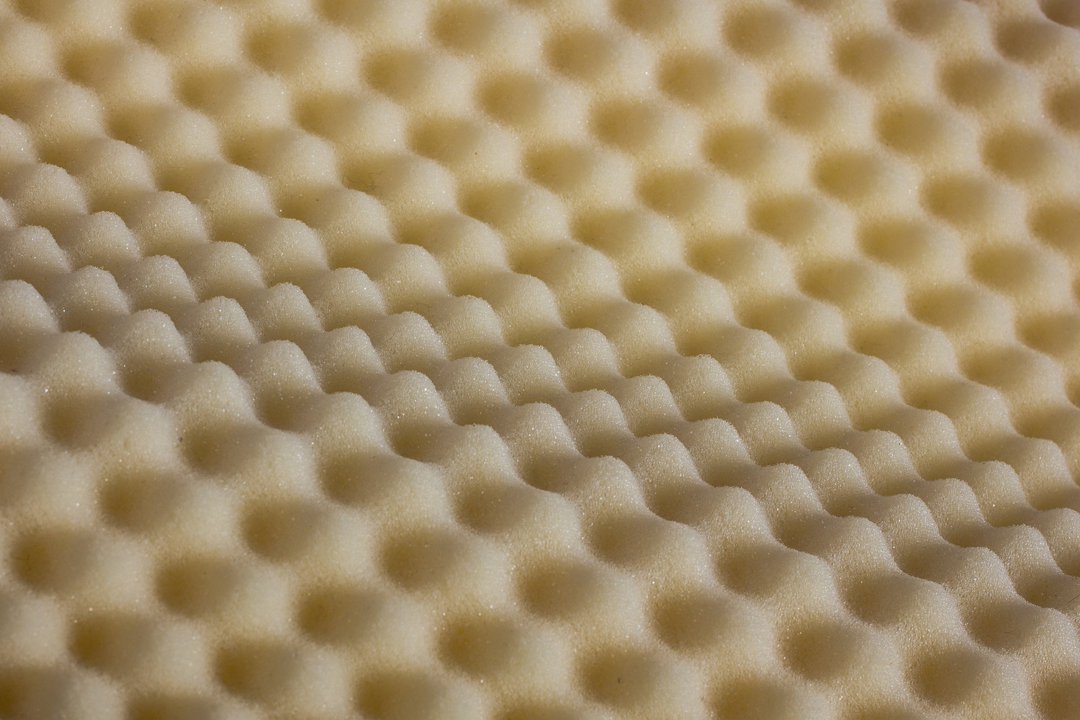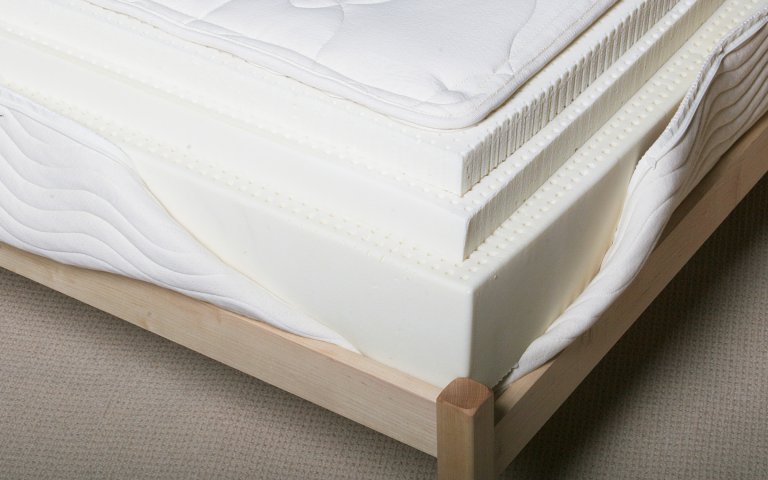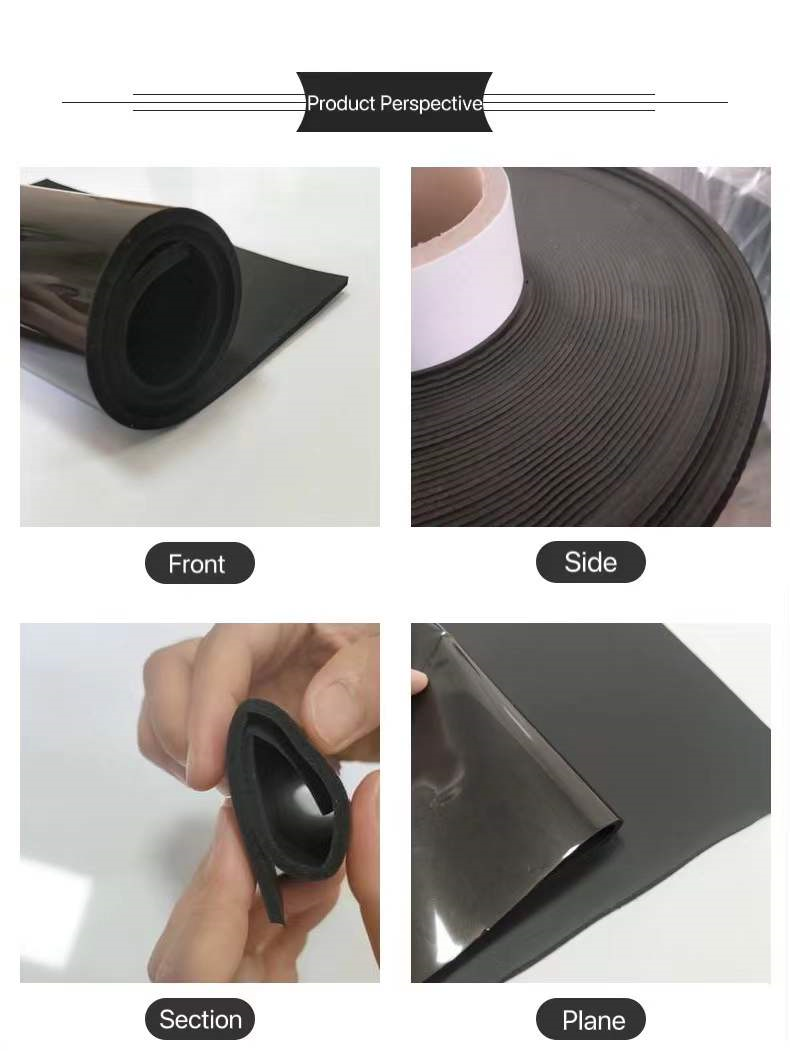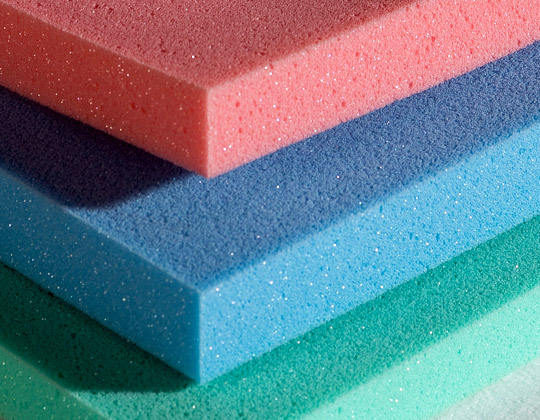When it comes to choosing a new mattress, there are many factors to consider. Two popular options on the market are polyurethane foam and latex mattresses. While both offer unique benefits, they also have their own drawbacks. So which one is better for you? Let's take a closer look at the differences between polyurethane foam and latex mattresses to help you make an informed decision. Polyurethane Foam vs. Latex Mattress: Which is Better for You?
Polyurethane foam mattresses, also known as memory foam mattresses, are known for their ability to conform to your body and provide excellent support. They are also great at isolating motion, making them a good choice for couples. However, one major drawback of polyurethane foam is its tendency to retain heat, which can be uncomfortable for some sleepers. On the other hand, latex mattresses are made from natural materials and are known for their durability and breathability. They also provide great support and are hypoallergenic. However, latex mattresses can be quite heavy and may not be suitable for those with latex allergies. The Pros and Cons of Polyurethane Foam and Latex Mattresses
The biggest difference between polyurethane foam and latex mattresses is the materials used to make them. Polyurethane foam is a synthetic material, while latex is natural. This means that polyurethane foam mattresses may have a slight chemical smell, while latex mattresses have a more natural scent. Additionally, polyurethane foam is known for its ability to conform to your body, while latex is more responsive and bouncy. Another key difference is the level of support provided by each type of mattress. Polyurethane foam mattresses offer a more plush and contouring feel, while latex mattresses have a firmer and more supportive feel. This can be a personal preference, so it's important to consider which type of support you prefer before making a decision. Understanding the Differences Between Polyurethane Foam and Latex Mattresses
When it comes to comfort and support, both polyurethane foam and latex mattresses have their own strengths. Polyurethane foam is known for its ability to distribute weight evenly and relieve pressure points, making it a good choice for those with back pain or joint issues. However, some sleepers may find that polyurethane foam sinks too much, causing them to feel stuck or hot. On the other hand, latex mattresses offer a more responsive and bouncy feel, providing a good balance of support and comfort. They are also great at reducing motion transfer, making them a good choice for couples. However, some sleepers may find that latex mattresses are too firm for their liking. Comparing the Comfort and Support of Polyurethane Foam and Latex Mattresses
When it comes to durability, both polyurethane foam and latex mattresses have their own advantages. Polyurethane foam mattresses are known for their longevity and can last up to 10 years with proper care. However, they may develop sagging or body indentations over time. On the other hand, latex mattresses are known for their durability and can last up to 15 years. They are also resistant to sagging and body indentations. However, they may develop small tears or cracks over time, especially if they are made from synthetic latex. The Durability and Longevity of Polyurethane Foam vs. Latex Mattresses
If you are concerned about the environmental impact of your mattress, it's important to consider the materials used to make it. Polyurethane foam is a synthetic material and may emit harmful chemicals, such as formaldehyde. However, there are now more eco-friendly options available, such as plant-based polyurethane foam. Latex mattresses, on the other hand, are made from natural materials and are more environmentally friendly. However, it's important to note that some latex mattresses may still contain synthetic materials, so it's important to do your research before making a purchase. The Environmental Impact of Polyurethane Foam and Latex Mattresses
When it comes to cost, polyurethane foam and latex mattresses can vary greatly. On average, polyurethane foam mattresses tend to be more affordable than latex mattresses. However, this can depend on the brand, materials used, and size of the mattress. It's important to consider your budget and do some comparison shopping before making a decision. The Cost Comparison of Polyurethane Foam vs. Latex Mattresses
Choosing the right mattress is a personal decision and there are many factors to consider. Some key things to keep in mind when deciding between polyurethane foam and latex mattresses include your preferred level of support, any allergies or sensitivities, budget, and environmental concerns. It's also helpful to try out different mattresses in person to get a feel for which one is most comfortable for you. Choosing the Right Mattress: Factors to Consider for Polyurethane Foam and Latex
Reading customer reviews can also be helpful in making a decision between polyurethane foam and latex mattresses. By reading about real experiences, you can get a better idea of the pros and cons of each type of mattress and how they have worked for others. Keep in mind that everyone's preferences and needs may be different, so it's important to consider a variety of reviews before making a decision. Customer Reviews: Real Experiences with Polyurethane Foam and Latex Mattresses
Ultimately, the best mattress for you will depend on your individual needs and preferences. Both polyurethane foam and latex mattresses offer unique benefits and drawbacks, so it's important to carefully consider which factors are most important to you. By understanding the differences between the two and taking the time to do some research and try out different options, you can make an informed decision that will lead to a good night's sleep for years to come. Conclusion: Which Mattress is Best for You - Polyurethane Foam or Latex?
The Benefits of Choosing a Latex Mattress for Your House Design
 When it comes to designing your dream home, every detail matters, including your choice of mattress. While traditional spring mattresses have been the go-to option for decades, newer and more advanced materials have emerged in recent years. Two popular choices for mattresses are polyurethane foam and latex. While both offer their own set of advantages, latex mattresses have become increasingly favored for their unique benefits. In this article, we will delve deeper into the differences between polyurethane foam and latex mattresses and why the latter may be the better choice for your house design.
When it comes to designing your dream home, every detail matters, including your choice of mattress. While traditional spring mattresses have been the go-to option for decades, newer and more advanced materials have emerged in recent years. Two popular choices for mattresses are polyurethane foam and latex. While both offer their own set of advantages, latex mattresses have become increasingly favored for their unique benefits. In this article, we will delve deeper into the differences between polyurethane foam and latex mattresses and why the latter may be the better choice for your house design.
What is Polyurethane Foam?
 Polyurethane foam, also known as memory foam, is a synthetic material that was originally developed by NASA in the 1960s. It is made from petroleum-based chemicals and is known for its ability to conform and contour to the body, providing pressure relief and support. Polyurethane foam is also known for its motion isolation properties, making it a popular choice for couples who do not want to be disturbed by their partner's movements during the night.
Polyurethane foam, also known as memory foam, is a synthetic material that was originally developed by NASA in the 1960s. It is made from petroleum-based chemicals and is known for its ability to conform and contour to the body, providing pressure relief and support. Polyurethane foam is also known for its motion isolation properties, making it a popular choice for couples who do not want to be disturbed by their partner's movements during the night.
What is Latex?
 Latex, on the other hand, is a natural material derived from the sap of rubber trees. It is processed and transformed into a durable and supportive material that is used in mattresses. Latex mattresses come in two types - natural and synthetic. Natural latex is made from 100% natural latex and is known for its eco-friendly and hypoallergenic properties. Synthetic latex, on the other hand, is a blend of chemicals and natural latex and is more affordable than its natural counterpart.
Latex, on the other hand, is a natural material derived from the sap of rubber trees. It is processed and transformed into a durable and supportive material that is used in mattresses. Latex mattresses come in two types - natural and synthetic. Natural latex is made from 100% natural latex and is known for its eco-friendly and hypoallergenic properties. Synthetic latex, on the other hand, is a blend of chemicals and natural latex and is more affordable than its natural counterpart.
The Benefits of Choosing a Latex Mattress
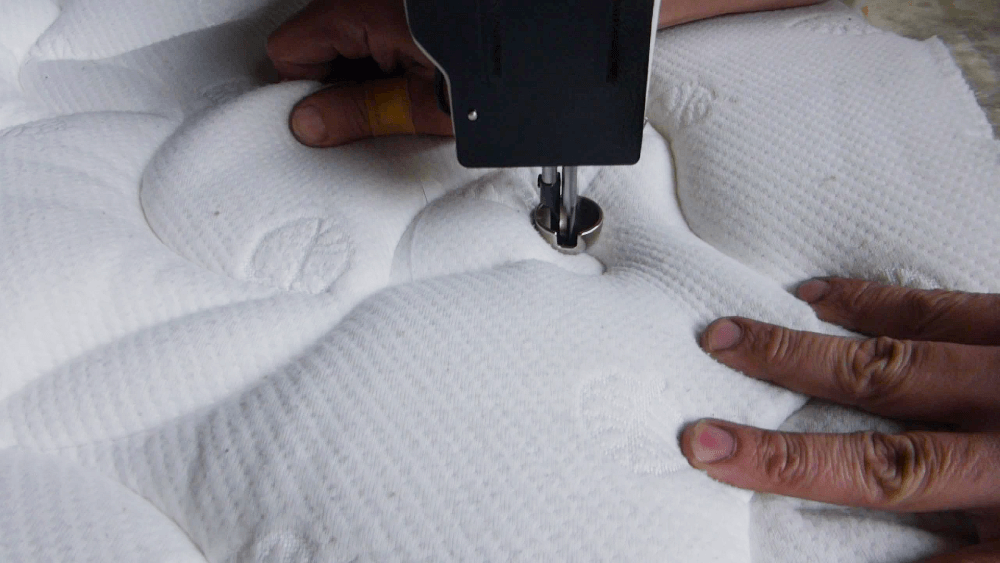 While both polyurethane foam and latex mattresses offer pressure relief and support, there are some distinct advantages to choosing a latex mattress for your house design. Firstly, latex is a highly durable material, meaning it will maintain its shape and support for a longer period compared to polyurethane foam. This makes it a more cost-effective option in the long run.
Moreover, latex is a breathable material, allowing for better air circulation and temperature regulation. This is especially beneficial for those who tend to sleep hot, as it can help keep you cool and comfortable throughout the night. Additionally, latex is naturally resistant to dust mites, mold, and mildew, making it a great choice for those with allergies.
In Conclusion
While both polyurethane foam and latex mattresses have their own unique benefits, a latex mattress may be the better choice for your house design. With its durability, breathability, and hypoallergenic properties, it offers a more comfortable and healthier sleep experience. So, if you want to invest in a high-quality mattress that will enhance your overall house design, consider choosing a latex mattress for your bedroom.
While both polyurethane foam and latex mattresses offer pressure relief and support, there are some distinct advantages to choosing a latex mattress for your house design. Firstly, latex is a highly durable material, meaning it will maintain its shape and support for a longer period compared to polyurethane foam. This makes it a more cost-effective option in the long run.
Moreover, latex is a breathable material, allowing for better air circulation and temperature regulation. This is especially beneficial for those who tend to sleep hot, as it can help keep you cool and comfortable throughout the night. Additionally, latex is naturally resistant to dust mites, mold, and mildew, making it a great choice for those with allergies.
In Conclusion
While both polyurethane foam and latex mattresses have their own unique benefits, a latex mattress may be the better choice for your house design. With its durability, breathability, and hypoallergenic properties, it offers a more comfortable and healthier sleep experience. So, if you want to invest in a high-quality mattress that will enhance your overall house design, consider choosing a latex mattress for your bedroom.








































